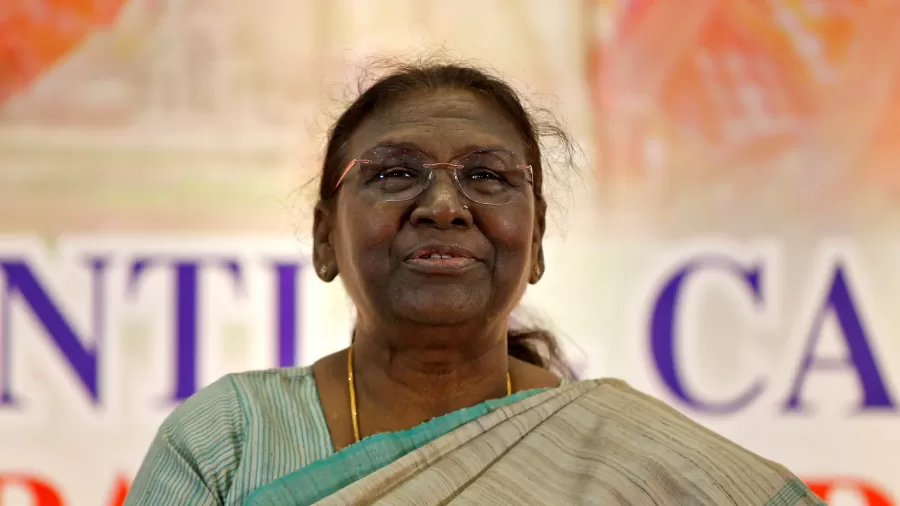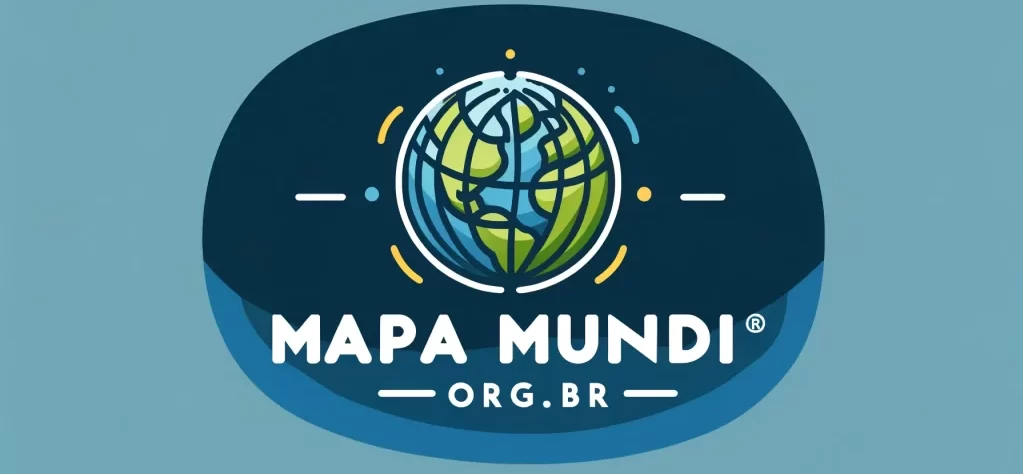
On the last day 18 July, a woman and member of a minority – the so-called “scheduled tribes” (“designated tribes”) -, Drupadi Murmu, won the presidential election in India. She is a tribal leader and member of the political party “Bharatiya Janata Party”/BJP, currently in power. Thus, became the(a) 15the country's president and, with 64 years, the youngest. She will also be the first person from the tribal minority to take office.. In day 25/07 Droupadi-ji took the solemn oath and was sworn in. Previously, she had been governor of Jharkhand State, on the east coast of the country, of 2015 a 2021. Now succeeds Ram Nath Kovind in the presidency, also a member of the minority of “scheduled casts” (“designated castes”).
Droupadi-ji's candidacy was proposed by the "National Democratic Alliance" party coalition. / “National Democratic Alliance“ (NDA), which currently congregates 27 political parties, led by the BJP, nationalist and right-wing, chaired by Prime Minister Narendra Modi.
The presidential election takes place within the scope of the legislature.. The future representative is chosen by an electoral college made up of elected members from both houses of Parliament. ("Rajya Sabha", the Upper House/Senate; e “Lok Sabha”, Lower House / House of Representatives), by the members of the state legislative assemblies and the legislative assemblies of three Union Territories. Although the role of the President of India is primarily protocol, it takes on a great symbolic charge.
In this context, the election of a member of the “scheduled tribes”/”scheduled casts” raises the question of who are the “dalits”, especially for us, Brazilians, after the success of the soap opera “Caminho das Índias”, from TV Globo, brought the theme into our homes in a sweetened and (understandably...) imaginative.
Who are the Dalits??
In order to try to understand this very complex topic, it is necessary to delve, as much as possible, in the deep sea of hinduism, which regulates the religious life of 966.3 millions of people, that is, 79.8% of India's population, and seek to understand the issue of “varnas” and “caste”, albeit in a very simplistic way, given the depth of the issue and the distance with which Western Christian cultures analyze their concepts.
So-called “scheduled casts” and “scheduled tribes” are among the most disadvantaged socio-economic and political groups in India.. These terms are those inscribed in the Constitution of the country, but during much of British colonial rule, this population was known as the “depressed classes”. The terms “schedulued casts” and “scheduled tribes” were popularized by B. R. Ambedkar (1891-1956), the economist and reformer who presided over the Constituent Assembly that drafted and approved, in 26 November 1949, to Carta Magna, enacting it in 26 January of the following year. Himself a “Dalit”, Abekkar became a key figure in the process of writing the text., due to the positions he held and his interventions and speeches in the document negotiation process. It was through his activism as chairman of the Assembly's most crucial committee – the Drafting Committee – that inscribed in the preamble of the Constitution that India is “a sovereign republic, socialist, secular and democratic”. Each of these terms is fundamental for the country to, with the enormous complexity of its society, promotes essential parameters for its operation.
“Dalit” (do sânscrito downtrodden, meaning “broken / scattered”), in its turn, also interpreted as "untouchable", is the name given to people belonging to the stratum of the population that is excluded from the Varnas system and its subdivisions into the Castes., which forms the backbone of the Hindu religion. The root of this concept is in the “Rig Veda”, sacred compendium of Hinduism which is the pillar of the so-called “Vedic culture” and of Vedanta (Devanagari: Vedanta), the spiritual tradition that seeks through Knowledge to understand the nature of Reality, that is, of Existence. This culture developed between 1500 e 500 AEC.
O Rig Veda, which is oldest known Vedic Sanskrit text, debates the various theories regarding the creation of the Universe, among which the cosmic battle in the process of separation between heaven and earth. It is in this context that the origin of Existence is inserted., of the Creator and the Creature. In your first chapter – the “Hymn of Creation” (Nâdsidiya) 10.129 – the theory of the creation of the human being is treated, arising from the separation by the gods from the ancestral cosmic Being, Purusha. not verse 10.90.12 it's written: “his mouth became the Brahmin; your arms became the Warriors; your thighs have become the People; and from his feet were born the Śūdra”. These are the Four Varnas – Brahmin, Ksatrya, Vaisya and Sudra – that make up the hierarchy of individuals in Hindu society and the ancestral tasks they were supposed to perform: the brahmin would be the priests and the scholars; the ksatryas the rulers and the warriors, in charge of the governance and defense of society; the vaishyas would be the general population; and the sudras the servants. From these four divisions are born the thousands of castes, that in some ways correspond to specific activities of individuals within your Varna.
They all had a previous human incarnation, according to hinduism, what asks metempsicose, that is, the process of reincarnation of the energy that inhabits all beings on the way to “moksha”, its purification and release as pure energy. Hindus call them “twice born”. The “dalits” would be the impure, that is, those who would be experiencing a first human incarnation, and whose touch, or even the shadow, for the most orthodox Hindus, would taint the energy of the reincarnated. That's why they were - and still are., in some parts of India considered “untouchables”. Oh Mahatma Gandhi, From you, called them "Harijans", the children of God. The “scheduled casts” and the “scheduled tribes” correspond to about 16,6% e 8,6 %, respectively, of India's population. The Constitution of 1950 listava 1.108 castes, in 25 states and 744 tribes, in 22 States.
Since independence, it has been an effort by the authorities to break with the fierce prejudices against Dalits among the population.. The government reserved quotas for them in the public service and universities, for example. One of the stigmas ingrained among the population – and among the international community – is that they are destitute people.. it's not like that, I believe, because as a result of their will and effort, some dalits have been gaining ground in all professional spheres. Among them there are great entrepreneurs, academics, artists, legislators, etc, as evidenced by the fact that the last two Presidents of India, be, respectively, from the “scheduled casts” and “scheduled tribes”. However, this path is certainly much more arduous than for most “twice born”. Hence the duty and commitment of the government and the leaders of society to facilitate their path.
